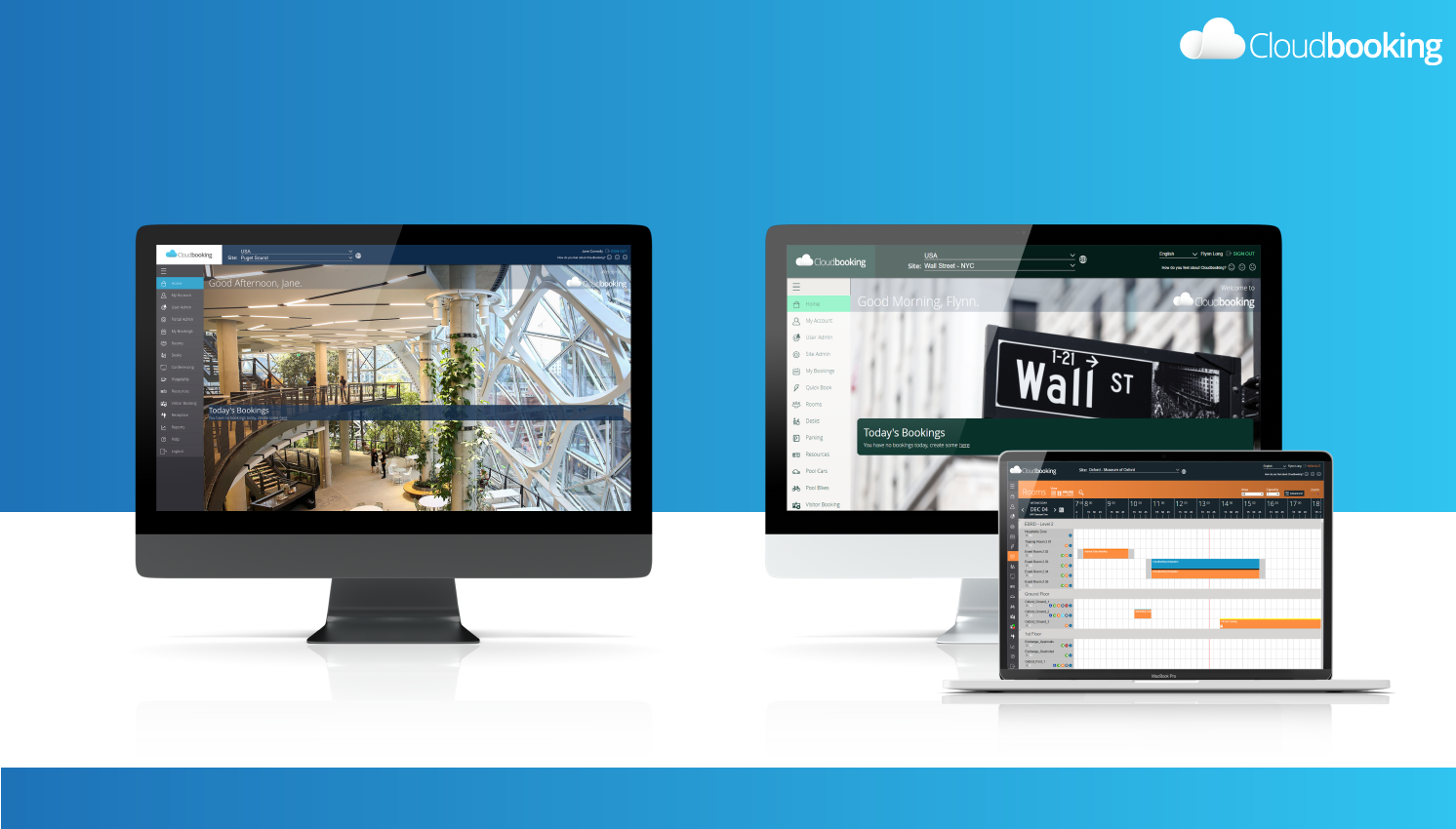
Whether you call them Hot, Fixed, or Flexi, we’re here to help you decide how to manage your desk real estate as we tentatively try to carve out new ways of working and blow off the COVID cobwebs.
Get a free demo
Enquire about a no-obligation demo today and get an exclusive hybrid working research paper — for free. Created in partnership with YouGov, this invaluable guide provides essential insights into developing your own effective hybrid strategy. Click below.
For the past decade, businesses have been slowly moving away from traditional office set-ups in favor of flexible, modern workspaces that embraced communication, collaboration, and connectivity. Companies were breaking down barriers and creating flexible work environments as the demand for remote and flexible working grew.
Hot desking is a co-working concept that scraps the idea of individually allocated workstations and encourages employees to work alongside each other on communal desks or spaces.
And hot desking is a concept that many people either love or hate.
There were plenty of benefits to hot desking for both employees and employers, including increased workplace productivity and flexibility. Many fell in love with this way of working, but it wasn’t for everyone. Naturally, some people were skeptical, especially those who became used to having their own workspace.
Today, the working world as we know it has changed dramatically. Employees are now more dispersed than ever before, and this leaves building managers and executives wondering how they will reopen vast amounts of their real estate safely. Millions of meeting rooms and hot desks across the globe now need to be managed to follow ever-evolving government guidelines.
Whether you call them Hot, Fixed, or Flexi, we’re here to help you decide how to manage your desk real estate as we tentatively try to carve out new ways of working and blow off the COVID cobwebs.
Let us explore the latest concepts around hot desking, and how it’s evolving to survive as COVID-19 continues to impact our working lives.
What Exactly Is Hot Desking?
Hot desking challenges the norm of allocated workstations by making all desks available for any employee or contractor to use. Wherever they lay their hat or laptop, for that matter, that’s their desk for however long they wish to use it.
In company offices and co-working spaces, hot desking gave employees the freedom to embrace agile working. They could choose where they wanted to work and who they sat beside. Flexible workspaces became a hotbed for creativity and collaboration that might not have happened in a traditional office space. Employees could work at any desk alongside colleagues from their own or other departments. In companies with multiple offices in different locations, employees could even choose which site they preferred to work on.
What Does the Hot Desk Work Environment Look Like During the COVID-19 Crisis?
A whole lot different, that’s for sure!
The days of breezing into your workplace are now a distant memory. Selecting a hot desk or an area to suit your mood or work task, if your business enabled activity-based working, is a thing of the past. For those employees who need to get back into the workspace, safety is paramount.
As daunting as the prospect may seem, the workplace’s recalibration to meet the demands of COVID-19 needn’t be a headache.
Yes, the pandemic has turned businesses and economies upside down. But, it has also accelerated the digital transformation of the workplace, which was long overdue! We live in a digital world. Why not break away from old workplace norms and embrace this golden opportunity to do things better?
Related Reading: 10 of the Best London Hot Desk Spots for Remote Workers
Let’s Kickstart Your Return to Work Strategy
Control Hot Desking Availability with Remotely Managed Desk Assignment
As they say, “failing to plan is planning to fail,” and the planning starts before your employees even set foot in the office.
Organizations including Fiserv and Research Complex at Harwell have found employees are much happier about returning to work when they feel informed, safe, and comfortable.
But how is this sense of comfort and confidence achieved?
First up, to make social distancing work for your business, reduce your workspace capacity by at least 50%.
Yes, that’s right, half!
You must adapt your existing seating arrangements to encourage safe social distancing and prevent office overcrowding.
With Cloudbooking, businesses can empower flexible working with safe, socially-distanced floor planning, giving employees the ability to pre-book desks in the AM, PM, or for the entire day.
For those not ready to embrace this new form of hot desking quite yet, you can pre-plan workplace seating arrangements for colleagues and shift teams returning to the office to keep contact within a select group of connected individuals.
Send booking confirmations to colleagues with wayfinding navigation and low-touch desk check-in instructions using QR Codes, ensuring that colleagues can locate their desks with as little human contact as possible.
Employees May Need More Privacy Than A Desk Can Offer
With desk management being such a hot topic, meeting room bookings seem to have fallen by the wayside; however, it’s also essential to include managing these spaces when planning your return to work strategies.
Some people may need to have sensitive or confidential discussions in person or over the phone. Such topics may not be suitable for a hot desking environment. However, this doesn’t have to be an issue. Meeting rooms or booths can also be easily managed or booked in advance with the meeting room booking systems from Cloudbooking.


